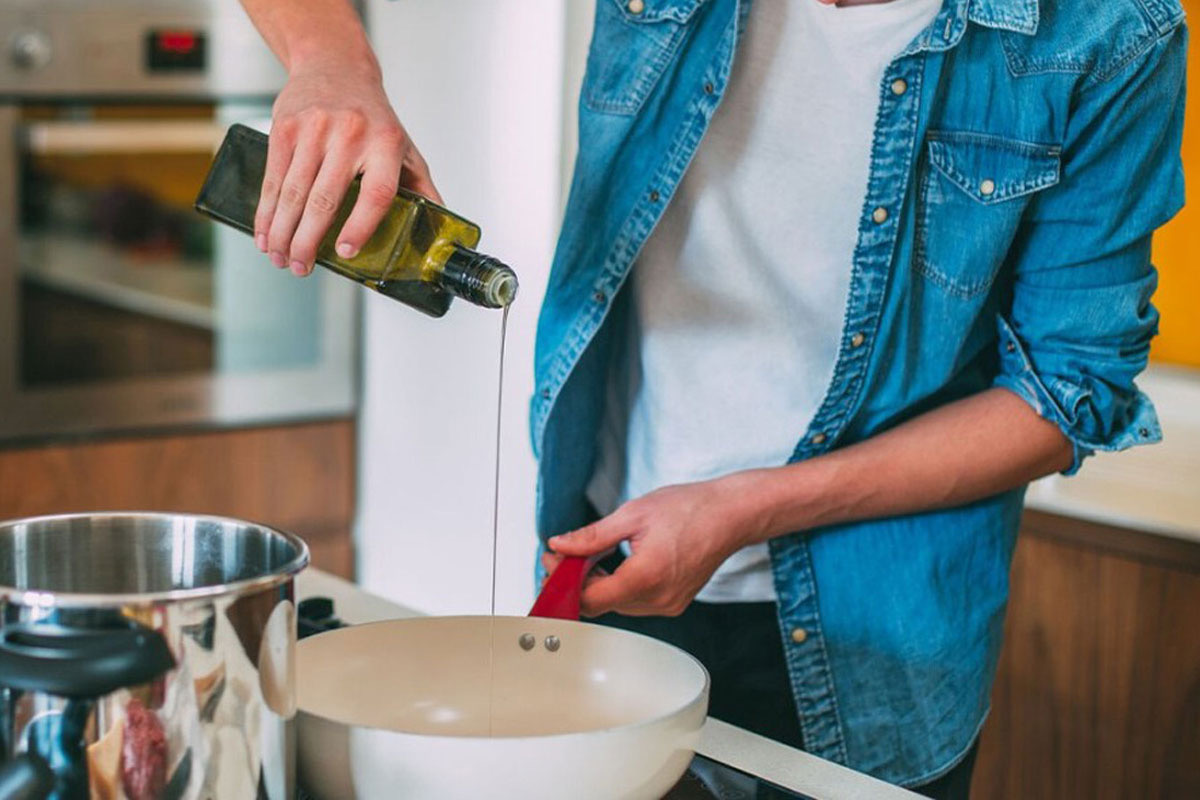The gym may be where we sculpt our bodies into the temples we long for them to be, but the key to unlocking the potential gains we can make lies in the kitchen. The foods we consume play a huge part in the makeup of our bodies, and we’re constantly being told to adhere to various diets or how much protein we should be consuming to really make a difference. And obviously, there are times we simply eat out of boredom.
That’s all well and good, as fad diets do have their merits, but none of them will be as effective if the foods we consume as part of them aren’t weighed out correctly. It may sound obvious, but so many recipes ask us to measure food out by the tablespoon, or by the dash or handful, but who’s to say how much a handful of something weighs?
View this post on Instagram
It’s a topic online fitness coach James Kew has touched upon in a recent Instagram post. He questions why we should weigh food, and the simple answer is so that we be accurate when creating our dishes. If we follow a recipe and it asks for one tablespoon of peanut butter, it doesn’t clarify exactly what one tablespoon should look like, which can have a detrimental effect on your body.
Going on the image in James’ post, it depicts two versions of a tablespoon of PB. In this writer’s view, the one on the left would be deemed an appropriate amount, but that’s also why this writer doesn’t have a six-pack.
As James’ post adds, “weighing food can minimise inconsistencies in visual estimations for a more accurate understanding of how much energy you are consuming.”
Underestimating how much you’re actually eating in terms of nutritional content is a common phenomenon. An Australian health study from back in 2012 found that males and females can underestimate their average energy intake by as much as 17 per cent and 21 per cent respectively.
This could partly be blamed on our idea of what constitutes a portion size. Serving size is what goes into making a dish: one cup of something or 200g of something else etc, but portion size is the amount we consume in one sitting.
Portion size isn’t just affected by how hungry we think we are, but the dishes and bowls we use to serve food can have an influence too: a large, deep bowl, for example, may, perhaps unintentionally, make us fill it up to the brim. And who can honestly say they accurately measure out pasta or rice?
Again, it might seem obvious, but it’s a simple nutritional mistake you might be unaware you’re making.
So next time you head to the kitchen for that post-workout fuel, weigh your ingredients out instead of guestimating them and you may notice you gain muscle much quicker.
